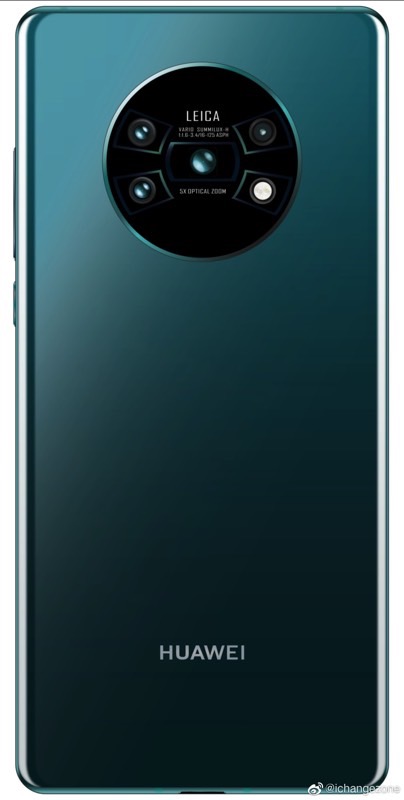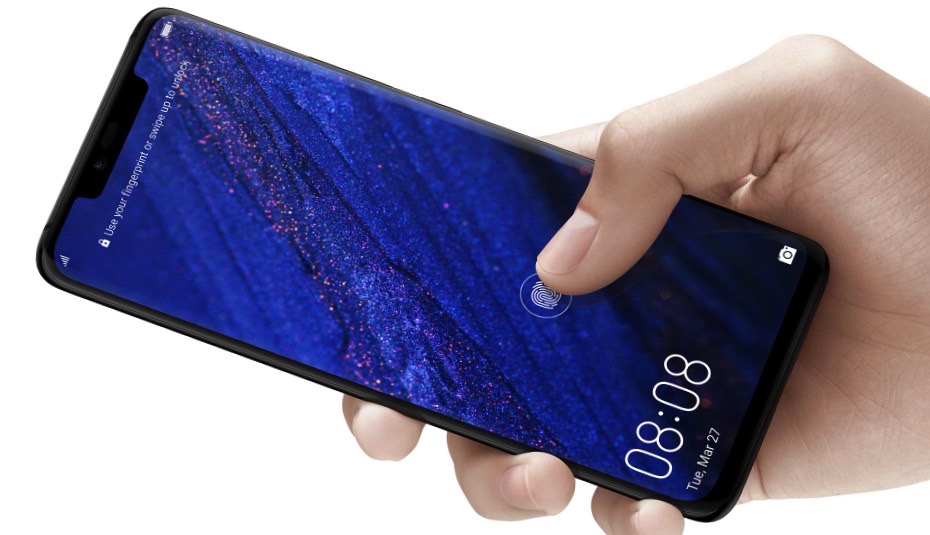The Huawei Mate 30 Pro will certainly be one of the most important flagships hitting stores in the second half of the year, regardless of what happens with the Huawei ban in the United States. Its predecessor made waves last fall, offering buyers a few features that weren’t available on other Android flagships like a triple-lens camera on the back, 3D facial recognition, and a next-generation 7nm processor. In other words, it was far more advanced than other leading Android phones at the time, including Samsung’s popular Galaxy flagships. We’ve already seen the first round of leaks showing the purported design of the new Mate 30 Pro, and now we have even more images to show you.
Ice Universe, a leaker who typically focuses on Samsung phones, shared the following image on Twitter this week:
Suspected that Mate30/Mate30 Pro's protective film leaks pic.twitter.com/khDjjDNC15
— Ice universe (@UniverseIce) July 3, 2019
We’re looking at purported Mate 30 Pro screen protectors that look very familiar. That’s because they seem to match the Galaxy Note 10’s design, an unannounced phone whose accessories are already available for sale.
The Mate 30 Pro will apparently have very thin top and bottom bezels, as well as curved edges just like Samsung’s flagships — the Mate 20 Pro also featured a curved display as well. However, the Mate 30 Pro will feature a little notch at the top, which has been blurred in the image above. That’s assuming the image shows an actual Mate 30 Pro accessory.
A second image posted on Weibo shows the alleged camera design of the Mate 30 Pro. But this is likely a fan-made render based on recent rumors, as opposed to a leak:

The rear panel is supposed to feature a circular cutout for the triple-lens camera instead of a square one, as a leak told us earlier this week. The camera setup shown above doesn’t seem real, however, and it shows four camera lenses instead of three. The person who posted it didn’t share additional details about the camera hardware.
The Mate 30 Pro will launch in October at the earliest in China and several international markets. It’s unclear whether Huawei will be able to use Google’s Android for the handset, or if bans from the Trump administration will require Huawei to use its own alternative mobile platform.








